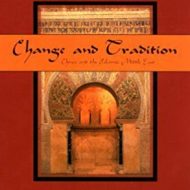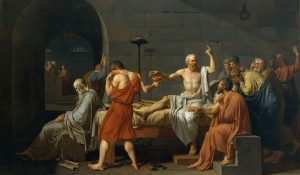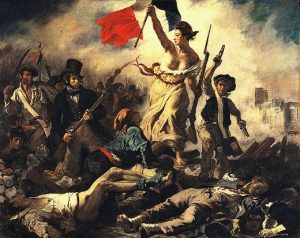China’s economy is talked about for many reasons, one being that by slightly liberal estimates, China will overtake U.S. as largest economy in the next 15 years. When we talk about the Chinese economy and its staggering growth, we need to talk about their real estate market and the ghost cities that have ensued. This VICE episode dives into the horrifying reality that is Chinese Ghost Towns. China’s fake Parisian town, Tianducheng, complete with its own Eiffel Tower and fountains replicating those in the gardens of the Palace of Versailles, is completely empty. Everything in fact is completely empty; the buildings locked, the city square desolate, the entire city abandoned. You would think it were something out of Chernobyl, but rather this façade is the result of a real estate boom made in efforts to grow the nation’s economy. China’s real estate market has been a significant part of its recent economic growth, and that is partially because of how China calculates its GDP (Gross Domestic Product). Counting all property construction rather than property sales, China’s economy has shifted from exports to property development, and as a result looks much more profitable than it is. These buildings, and entire cities, remain empty which creates another problem in and of its own: excess supply in the real estate market. Estimates magnify this problem at scale with over 60 million empty homes in 11 ghost towns (seen with <2% occupancy). Most of these ghost towns were constructed on multi-billion dollar budgets to create housing and communities for over 1 million people, but with little to no occupancy they reflect the mentality that China would raise its GDP at any and all costs.
Politics play a large role in construction in China, but the shift away from supply and demand makes no sense. Though supply for housing is high and demand quite low, the price on most of the available homes is still incredibly high and they continue to remain unoccupied. As nation who was rocked by the horrors of our very own housing market crisis in 2008, we see this unsteady, and falsified, market growth as quite troublesome. In Chinese culture, it is typical for grooms to gift their brides an apartment or some type of housing, thus people are beginning to buy up apartments in these ghost towns with no intention of living there. The problem is exacerbated when so many people have been doing this that mortgage loans neared $2 trillion in 2017, and that is just for these completely vacant units. To make matters more concerning, in Chinese culture it is common to spend nearly 75% of one’s savings on housing, double that of the States, making them especially vulnerable when the market does crash.


